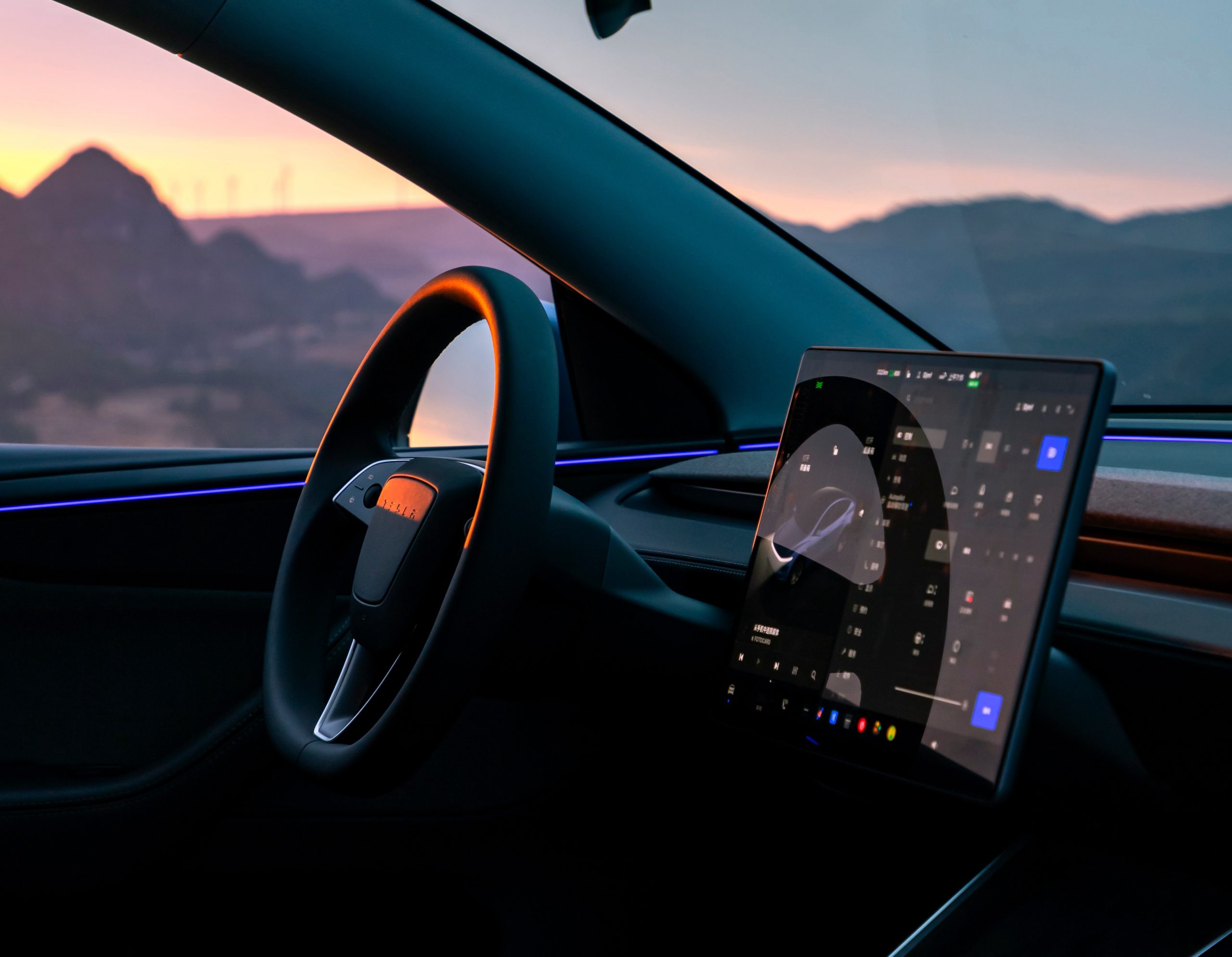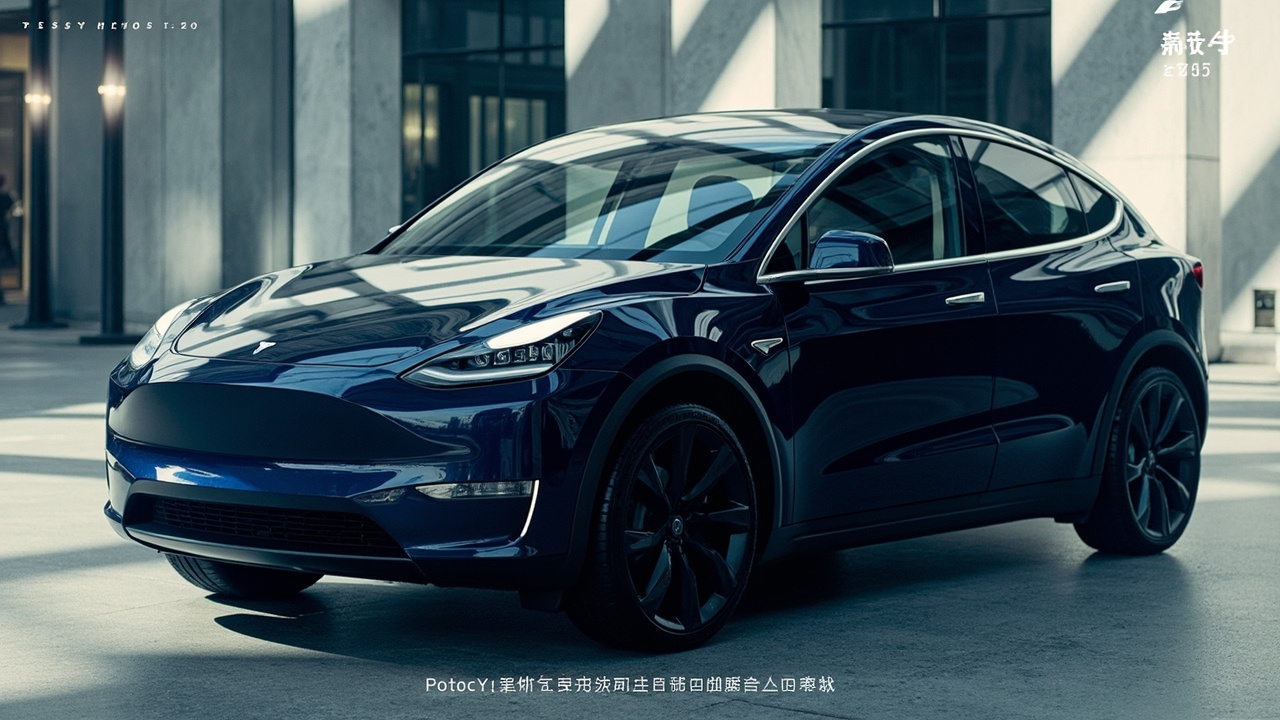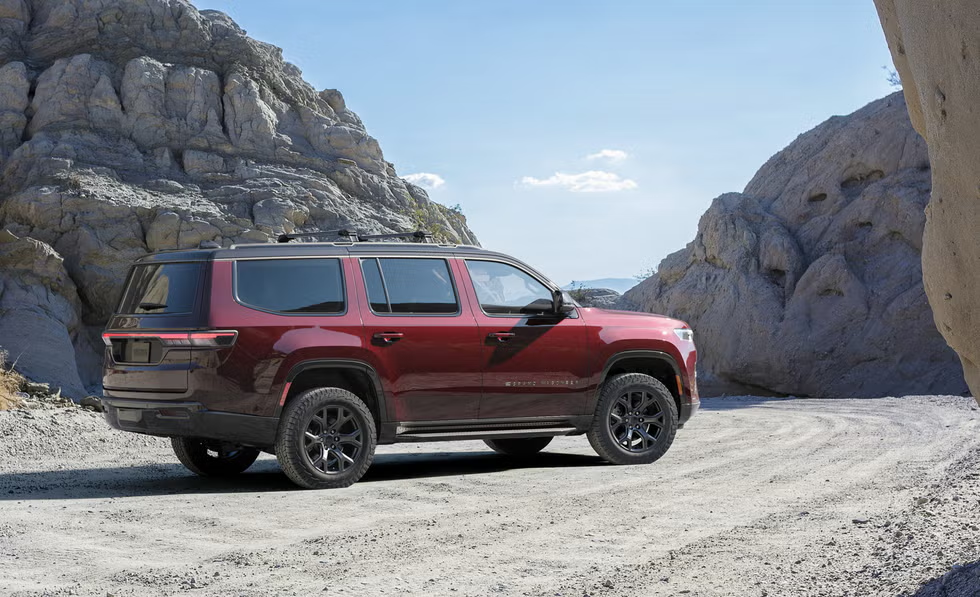Mercedes Vision Iconic Concept Pairs '30s Style with Future Tech
Reports on manufacturing, labor and earnings with clear, practical context. Drives a Tesla Model 3 RWD; family hauler is a Volvo XC60.
In an era where automotive design is increasingly futuristic, Mercedes-Benz is striking a balance between heritage and innovation with its Vision Iconic concept. This electric vehicle draws inspiration from the opulent designs of the 1930s while incorporating cutting-edge technology, offering a glimpse into the brand's evolving design philosophy for its electric future.
The Vision Iconic concept, recently unveiled by Mercedes-Benz, is a striking homage to the brand's illustrious past while signaling a bold step towards the future. This concept car, with its long hood and streamlined cabin, is reminiscent of the luxurious coupes from the 1930s, such as the SSK and 500K models. The design is both imposing and elegant, with a hood that seems to stretch endlessly, a sloping roofline, and massive wheels that ground the vehicle's audacious stature. At the front, the car features an illuminated grille that highlights the new electric identity of Mercedes, flanked by headlights that mimic the iconic three-pointed star, a motif that is becoming a signature in the brand's latest models.
Inside, the Vision Iconic marries classic and futuristic elements to create what Mercedes describes as 'lounge-like comfort' suited for an era of autonomous driving. The interior design is more traditional compared to other concept vehicles, featuring a large, four-spoke steering wheel reminiscent of those found on 19th-century ships. The instrument panel, dubbed the 'Zeppelin', is a glass case that echoes the design of early 20th-century airships, complete with a blue glow emitted from its delicate glass structures. The dashboard is adorned with a series of clocks, one of which acts as an AI companion, reinforcing the blend of past and future.
Mercedes-Benz is also exploring innovative technologies with the Vision Iconic. The concept features 'wafer-thin' solar modules integrated into its bodywork, designed to harness solar energy to extend the vehicle's range. Mercedes claims that under optimal conditions, this photovoltaic surface could add up to 7,450 miles of range annually. This approach not only aligns with sustainability goals but also highlights the potential for integrating renewable energy sources into automotive design.
Beyond aesthetics, the Vision Iconic is a testament to Mercedes' commitment to advancing autonomous driving technologies. Envisioned with Level 2 automated driving for urban environments and Level 4 for highways, the concept car leverages artificial intelligence to enhance its autonomous capabilities. Mercedes is investing in neuromorphic computing, a technology mimicking human brain functions, which could significantly reduce energy consumption during AI processing—by up to 90%, according to the company. This advancement is not only energy-efficient but also enhances the responsiveness and safety of the vehicle's systems.
Steer-by-wire technology is another innovative feature of the Vision Iconic, eliminating the physical connection between the steering wheel and the front wheels. This allows for more precise control and integration with rear-axle steering, which is particularly beneficial for maneuvering this lengthy vehicle in tight spaces. The technology also permits adaptive steering ratios, which can be adjusted for low-speed situations, making parking and city driving more convenient.
While the Vision Iconic is unlikely to reach production, its influence on the design and technology of future Mercedes electric vehicles is undeniable. It serves as a visionary template, combining vintage aesthetics with futuristic innovations. As Mercedes-Benz continues to navigate its electric future, the Vision Iconic stands as a bold statement of the brand's dedication to preserving its rich heritage while embracing the possibilities of modern technology.
About Priya Nair
Reports on manufacturing, labor and earnings with clear, practical context. Drives a Tesla Model 3 RWD; family hauler is a Volvo XC60.


